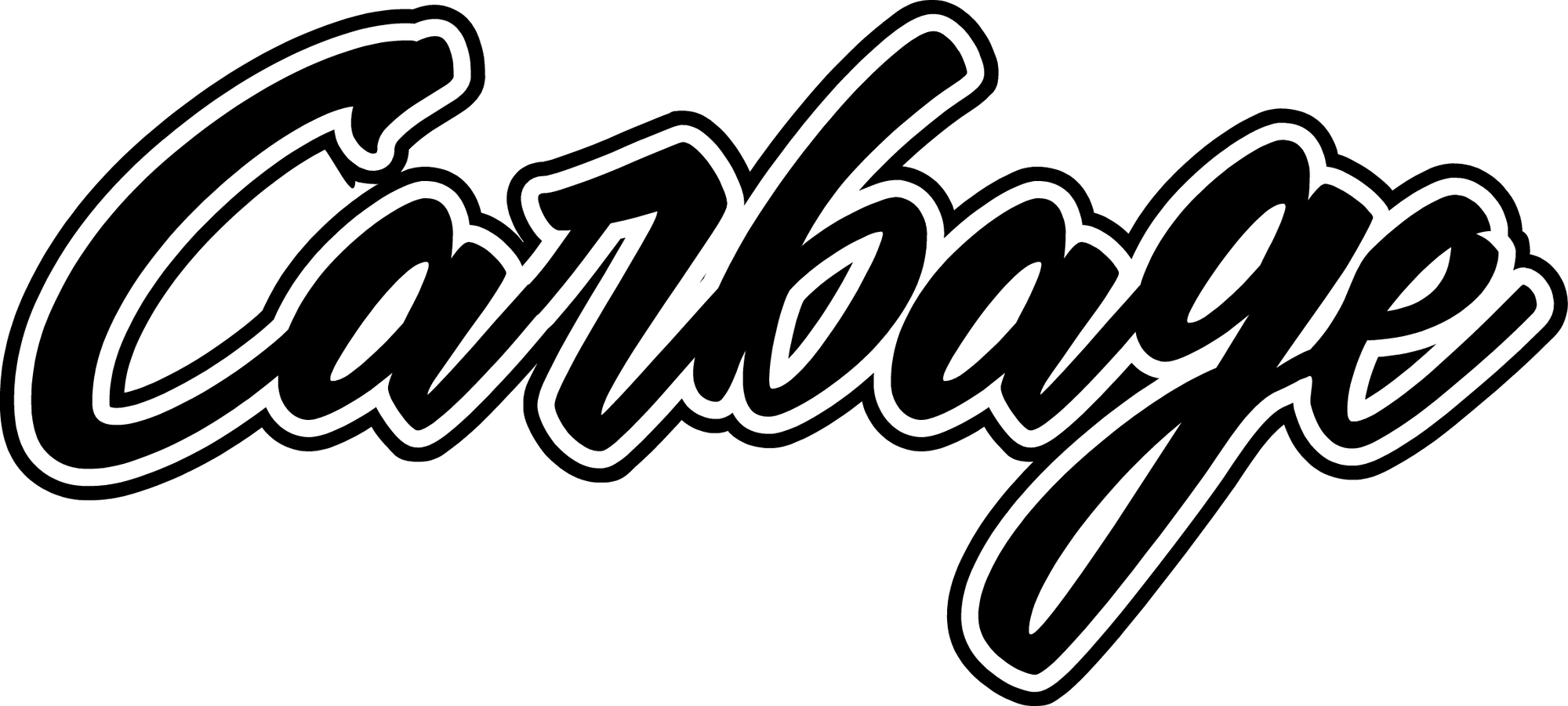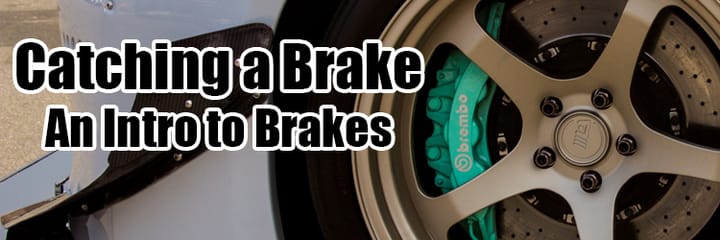Happy Landings - Bypass Shock Tech
Bypass Shocks just scream off-road runner, but purpose do they really serve on those race trucks?

Bypass Shocks just scream off-road runner, but purpose do they really serve on those race trucks?
It’s the key thing seen on off-road trucks that romp in the desert and charge down the straight in short course. It’s also the thing most wannabe mall-crawler “PreRunners” flash to say they have off road cred but probably don’t have any idea on how it works. They just know it’s on a Trick Truck and Unlimited Ultra4 and it needs to be on their truck as well. So, what does a bypass shock do?
Just What is a Bypass?

The main difference between the standard damper or even a street shock and the bypass shock comes down to this: where a standard shock has a set dampening level through its travel as a linear viscous damper, the bypass changes its dampening based on its position as a non-linear viscous damper. It’s also still different from the “speed sensitive” shocks we see many manufacturers offer to street trucks. Where that damper changed the characteristics by shock shaft speed and valving, the bypass is position dependent.

The piston is still the same with a linear valve shim setup on the piston along with openings and channels in the piston like the linear shock. However, when it reaches a certain point during shock shaft travel, the damping curve will change. That’s what those tubes are for on a bypass shock.
The Bypass Tubes

This is a King Off-Road Racing 4.5 Bypass Damper, probably one of the most recognized in the entire world. Most would assume inside and attached to the shock shaft would be a piston that didn’t offer anything in terms of valving, but you’d be mistaken to think that. It’s still a damper that uses a linear valving stack just like the smaller shocks and coil overs.

The key difference is that it uses external tubes in several different spots within the travel of the shock shaft and piston to tune the performance precisely. “Everything is still the same, just scaled up for this cylinder,” says Trevor Stark, one of the many talented engineers over at King Off-Road Racing Shocks, “we just have a much larger piston.” Instead of just going through the valve shim stack, the fluid will also flow into and out of those tubes. Doing so changes the dampening curve at that position of travel. “We still have a high-pressure zone and a low-pressure zone like in a regular damper,” says Trevor, “but now the high-pressure fluid can pass through these tubes on the side of the cylinder.”
The Valves in the Tubes

Inside those tubes are another set of valves, but instead of washer valves, these are machined pistons that rest on the larger section of the bypass tubes. When the fluid flows into the bypass tube, that high pressure begins to push against that piston that’s held shut by a spring. This keeps the tube closed until the fluid pressure overcomes the spring’s pressure to open it up and allow fluid to flow into the tube.

“When there is a minimum pressure pushing on the piston,” continues Trevor, “it can compress that spring and that opens up and allow the fluid to enter the low-pressure area behind the piston.” When the piston is moving the other way, the fluid then flows to the back side of the bypass tube valve and closes it. That prevents that bypass tube from acting on the opposite direction of travel it is intended to work in.
Tubing Positions

To make a bypass shock position dependent, the tubes are welded to the cylinder at different heights and the tubes are also different lengths. This is done to create different zones within the piston’s travel. Trevor explains, “you can also change the dampening by adjusting the valve adjuster on each tube. So, you can change the adjustment and it will only affect the dampening in the zone of the tube.” This applies to every tube in each direction, so that is both compression and rebound. King can set up a long, medium, and short bypass tube so you can adjust each zone to how you like it one by one.
More Tube, More Better?

You can have as many tubes as you want, but, there is a limit before you encounter diminishing returns. “Normally, seven is the limit on the amount of tubes you can run effectively,” Trevor points out, “we do have guys running eight and nine tube bypass shocks, but you don’t really feel the difference after seven.” He also points out that, if you’re running a longer cylinder, you can have more zones that are spaced out more effectively but running more bypass tubes won’t solve the lack of spacing between zones.
How Adjustments are Made

The bypass tube valve is adjustable by the Allen screw after loosening the lock nut. The principal is the same as adjusting your coilover for preload. When you turn the allen in, you compress the spring that seats the valve and require more force to open it. Turning it out will produce the opposite effect. On top of that, King offers springs of different rates for the bypass valves for even further adjustments. A bypass shock is a custom-tailored suspension part by the full definition. While the tubes you see here are as they are for this bypass, different customers will have different requests and King designs each one to specification the customer requests.
Why Have One at All?

So, why run a bypass tube and a coilover with a standard, linear damper? Wouldn’t that be overkill? Well, not really. Trevor points out, “You still get your velocity sensitivity from your standard shock, but you are able to regulate the dampening coefficient during shaft travel with the external bypass.” So, instead of ramping up dampening force at the upper limit of travel, you can gradually ramp up that force before that upper zone. So, you can get the velocity dampening you’re looking for along with travel dependent dampening, too.

Now that you know more about the bypass shock, what other off-road topics would you want to see? Sound off below and look forward to more off-road truck and racing topics coming up soon!
If you like this content and want more, sign up to receive more stories when they go live or support me on Patreon to help me create more stories and videos like this and more.




Comments ()